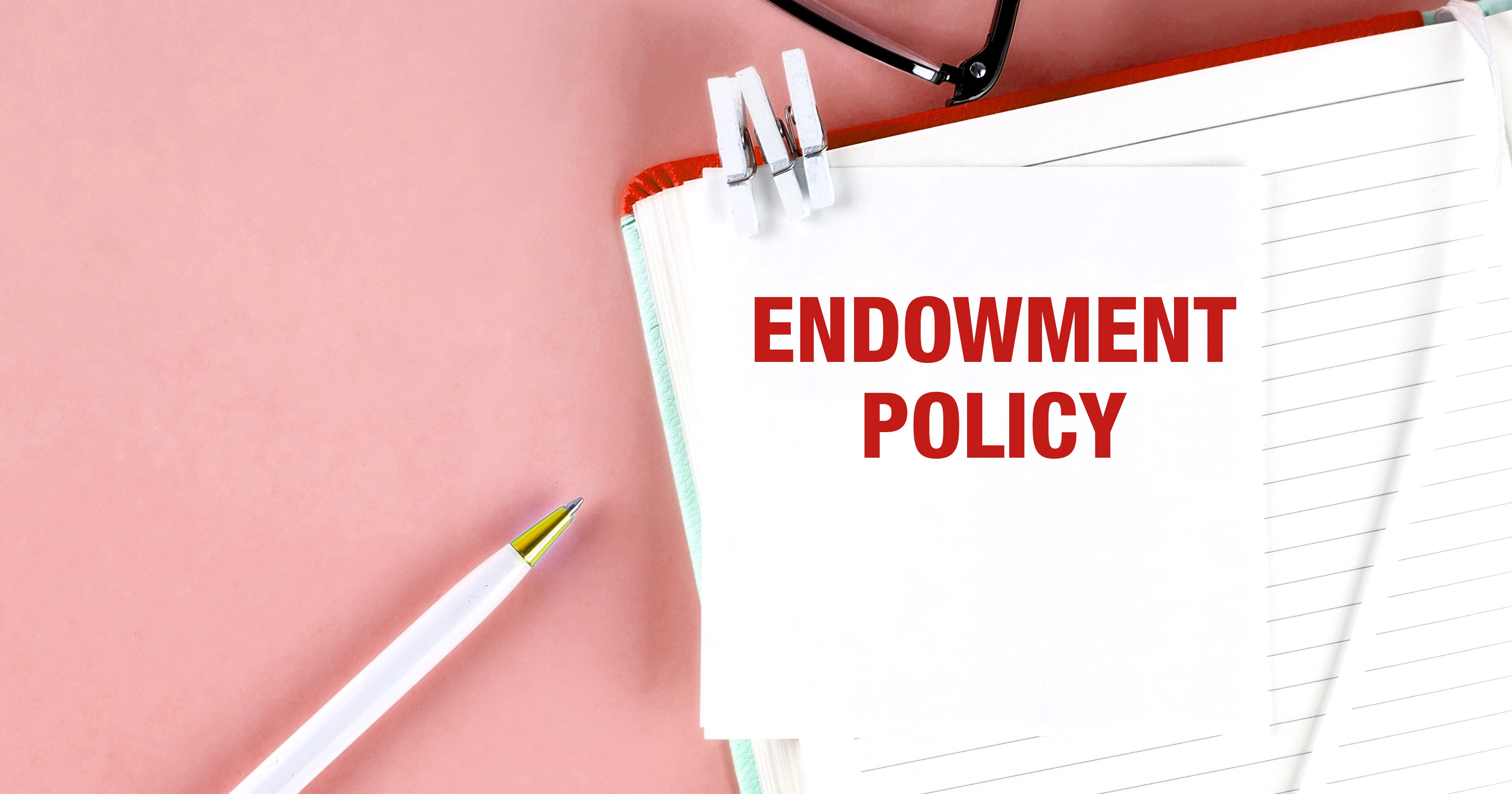
As women enter the workplace and other economic spheres beyond just the domestic ones, they are now a power to reckon with. They constitute 22.1% of the total labour force in India, as of 2018. The rising medical inflation, increasing lifestyle-induced diseases and the skyrocketing cost of living, all contribute to the mushrooming need for health insurance for women.
There are more concerns related to their health. Women with diabetes have over 40% greater risk of heart attack than men with diabetes, a George Institute study has shown. According to the National Crime Record Bureau (NCRB), housewives constitute the largest demographic group amongst suicide deaths. India's real cancer incidence for women is estimated at 1 to 1.4 million cases per year.
The Indian healthcare sector is expected to reach US$ 280 billion by 2020. However, India’s public expenditure on healthcare systems was just 3.66% of the GDP in 2016. This means the majority of the expenses related to health and medical care are borne out-of-pocket by the patients themselves.
Looking at these glaring statistics, it is not hard to deduce that women’s health insurance is imperative - to have a financial cushion in case a medical contingency arises. Therefore the market now offers health insurance for women, encompassing, but not limited to pregnancy-related cover and hormonal disorders specific to women.
Buying a health insurance plan like Future Generali Cancer Protect Plan or Future Generali Heart and Health Insurance Plan is an easy process, so there’s no reason for you to defer getting a plan for yourself or your wife.
As this hitherto underserved segment of the population steps into the health insurance market, here are the 5 things to keep in mind before exchanging sums of money and final papers.
Things to consider while choosing a health insurance for women:
1.Coverage for pre-existing diseases:
The first thing to check is the expanse of coverage given under your plan, and specifically whether the policy covers pre-existing diseases and illnesses. This may include any health issue, from extremely serious conditions like cancer or diabetes to slightly less serious conditions like high blood pressure, asthma or acne. In such a scenario, you will first need to disclose your pre-existing medical conditions. This would ordinarily come to the surface in the medical tests that are required at the time of purchasing the insurance but honesty is the best policy. Or else your claim could be rejected later. Women often get diagnosed with hormonal disorders like thyroid, Polycystic ovary syndrome (PCOS), etc during adolescence or early adulthood. Insurance companies are reluctant to offer coverage because of the higher financial risk this poses, but you can still be covered after what is called a waiting period, bringing us to the next most important point.
2. Waiting and survival period:
The waiting period is the period between buying the insurance plan and the disease getting diagnosed. If a claim is made before the completion of the waiting period, you won’t be eligible for the payout. The survival period is the number of days an individual survives after being diagnosed with a critical illness. In case of death, before the survival period is over, no benefits will be given to your family members. Therefore, you need to work around the waiting periods: that vary across insurers, from 2 to 4 years. You can also pay a higher premium for a shorter waiting period. It is also advisable to buy health insurance while you are young.
3. Maternity cover:
Does the policy have an add-on or additional rider for maternity benefit? In case you opt for a planned pregnancy, there are special policies which cover maternity for women. The catch here is that such provisions come with a waiting period. So you should weigh your options carefully, and explore whether exclusive maternity insurance plans would work for you.
4. Value Added Services:
Find insurers who have a major cashless network of hospitals, since that would come in handy at the time of emergency hospitalization. Insurers also provide free medical check-ups, pre and post hospitalization expenses, among other services. These may not be primary to you, but serve as a competitive parameter when you compare policies.
5. Understand the limitations and exclusions of the policy:
Finally, it is pivotal that you read the policy and its clauses to understand what is covered and what is excluded to avoid confusion. Clarify any doubts with your insurer before signing the policy documents.




Comments